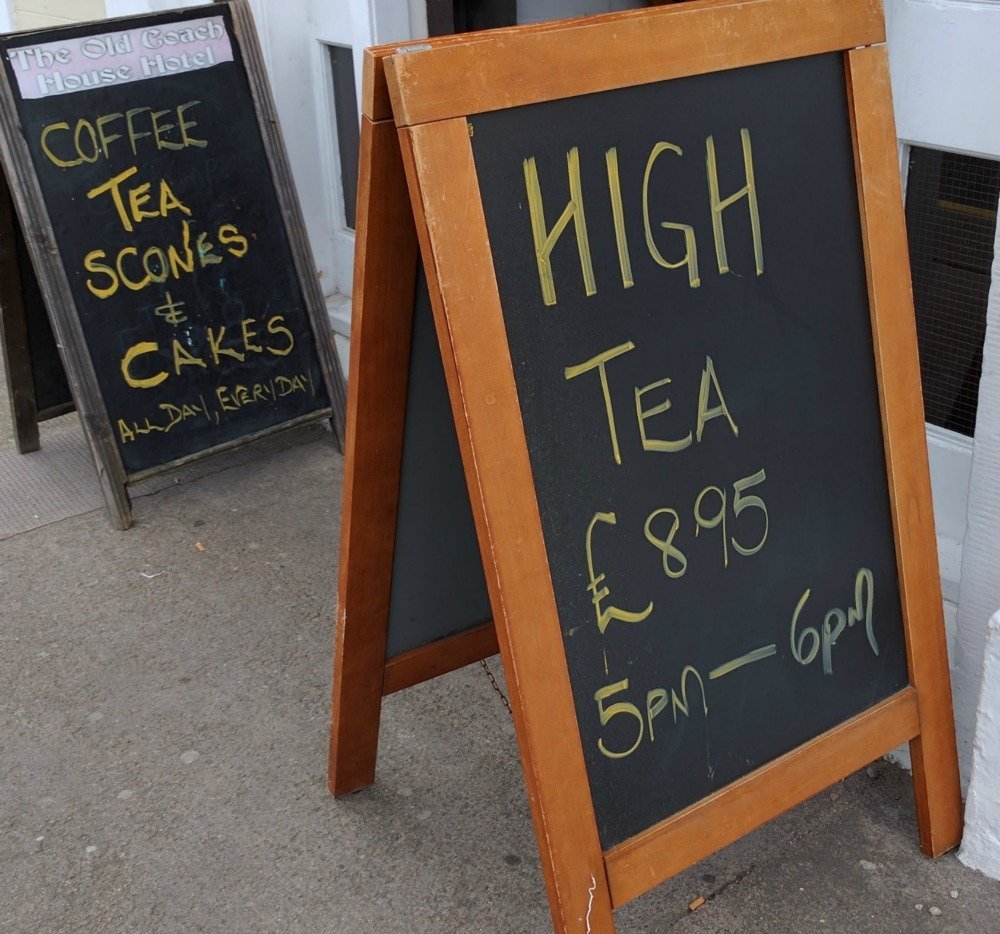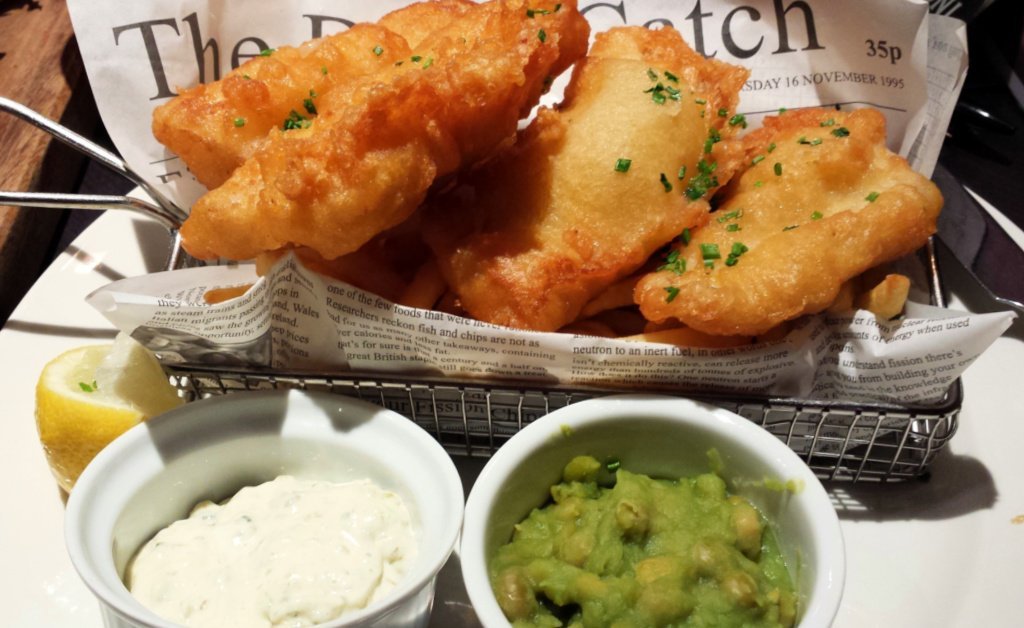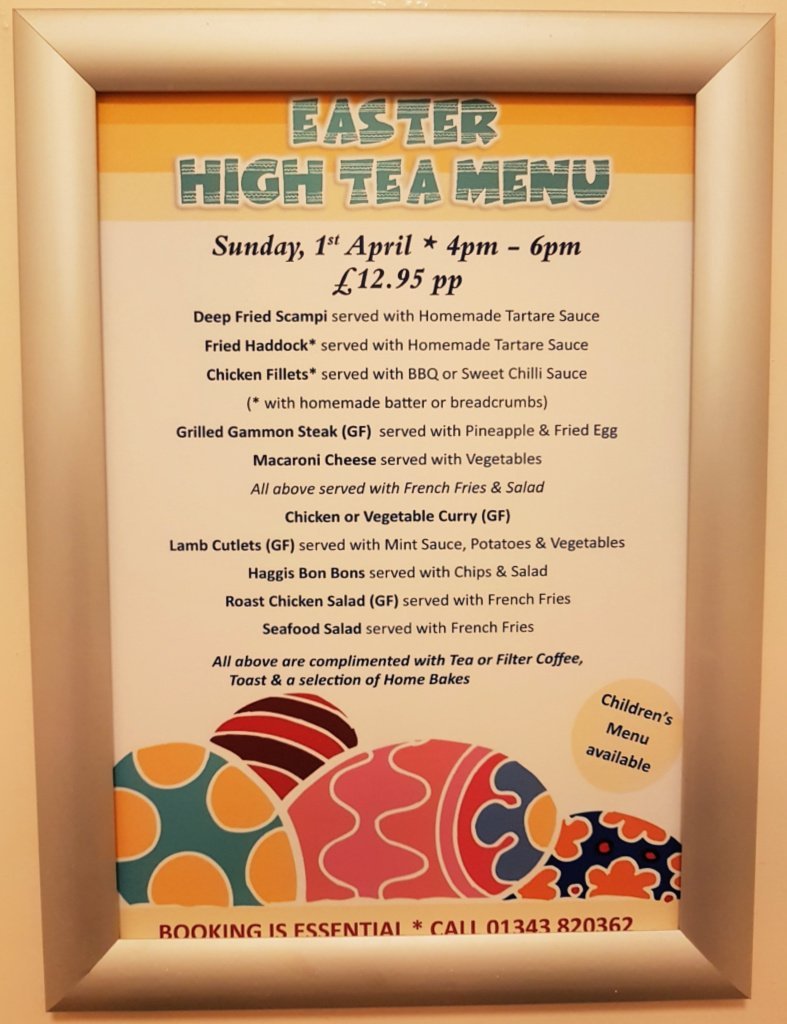Scottish high tea – the carbohydrate Olympics. First a big plate of meat pie, fish, chicken, then a knock-out blow – irresistible home-baked fancies. And all served late afternoon to early evening. It’s not the same as afternoon tea in Scotland – a bit quaint, or even old-fashioned, a real substantial high tea is getting harder to find.
Scottish High Tea, Dinner, Lunch, Supper
It’s All Very Confusing!
High tea in Scotland in its old-fashioned or traditional sense can be elusive to track down – but is still offered in a few hotels and restaurants.
It is a kind of (late) afternoon tea bulked with a simply cooked hot dish, perhaps a fish or steak pie.
Basically it’s the refined-carbohydrate Olympics of Scottish food and is served from late afternoon into the early evening. In a way you can treat it as an unfussy early dinner.
And it’s unlikely after you’ve eaten a Scottish high tea, you’d actually want dinner! (I blame the sticky cakes for that.)
Ask any Scot what their evening meal is called and you will get a variety of answers. As an ordinary sort of chap, who grew up long ago, my evening meal was my ‘tea’ which was served at ‘tea-time’.
So, personally, I get Scottish high tea as a concept. However, in my parents-in-law’s household, in Edinburgh, they have ‘supper’, not tea, as their evening meal. In my childhood, supper was an extra and late-night snack.
Dinner, for me, was a mid-day meal – the usage surviving in UK-wide phrases such as school ‘dinner-ladies’ and ‘dinner-money’ – and certainly not an evening meal.
And here’s a final oddity about meal nomenclature: in Scotland, fish and chips or anything else and chips bought from a chip shop, is often referred to as a ‘fish supper’ or a ‘white pudding supper’ – no matter the time of day it is consumed. Enough, already…….

As an ordinary Scottish chiel from an everyday kind of town, I don’t think I often heard the word ‘lunch’ until I went to university.
Meanwhile, ‘dinner’ was transferring itself – for us upwardly mobile (?) young folk – from being a term that described the mid-day meal to a word meaning an evening meal in which some effort had been made.
Where Did Scottish High Tea Come From?
– And Why ‘Tea’?
Back to the topic in hand – the tea part was originally introduced in Scotland by Mary of Modena (wife of King James VII – II of England).
The men-folk, in particular, needed some sustenance to go along with this new-fangled tea making ritual: hence afternoon tea and, eventually, high tea.

Is High Tea The Same As Afternoon Tea?
No, not in Scotland anyway, and here’s the important difference between the two meal names (I reckon).
The sometimes hard-to-find Scottish high tea is a total carb-fest involving a substantial cooked course (or more) plus the home-bakes.
Afternoon tea is high-tea-lite – in as far as you won’t get a plate of fish and chips (for example) with it.
Actually, not that light, as it’s just as carb-heavy but (repeat) doesn’t involve fish or meat cooking.
Instead, at its very best, as demonstrated by, say, Edinburgh’s top hotels, afternoon tea delivers posh sandwiches, lovely baking and a nice cup of tea or other herbal infusion.
And as long as you don’t overdo it, you might still have room for a meal in the evening. (Though the hotel menu will say ‘dinner’, feel free to call that meal anything you like – dinner, supper or whatever….)
Both afternoon and high tea seems to be an indulgence designed to allow the Scots baker to show off their baking skills. Follow this link for a real-deal Scottish scone recipe from Johanna’s granny.
Or here you’ll find a selection of recipes from Scotland. Anyway, lots more info below…including the imminent death of high tea (maybe).
Recent feedback from one of our readers on the subject of Scottish high tea:
“End of “high tea” ? We were staying a week in Scotland recently and decided to have a high tea enroute home to Tewkesbury.
We popped in to the Fort William Tourist Information Centre and I asked the young girl on the counter if she knew anywhere nearby that served high teas.
She looked blankly and said “what’s a high tea? Is that the same as an afternoon tea?”.
I explained what a high tea was and she said she had never heard of such a thing. I said I would like her to ask an older colleague, which she did.
That colleague (at least in her 50s) said “do you mean afternoon tea with a cake stand?”.
I am appalled that this tradition seems to be dying out.”

Real Scottish Food
I asked my mum-in-law for her memories of Scottish high tea as a child.
Her own granny and grandad were tenant farmers on a farm now completely covered by Edinburgh’s urban sprawl. At Duddingston, it overlooked Portobello and the Firth of Forth.
With the rest of the family, she travelled from the Highlands down to the city to visit.
This is what she sent – so vivid, so fondly remembered and evocative of Scottish food, or post-war Scottish high tea, that I reproduce it here with minimal editing, because you can hear her multiple exclamation marks and ellipsis even when she speaks in real life. (I mean that positively!)
(Coos, of course, are how we Scots say cows, amongst ourselves…)

Granny Brown’s Scottish High Tea – Remembered
Granny Brown’s High Tea … the spread well remembered on arrival from Arisaig for our summer hols in Portobello … we usually arrived about 5 pm-ish … having changed trains at Cowlairs! …
The long kitchen table … green sort of shiny surface … was set with plates of girdle scones (we called these ‘cake-scones’ because they were SO GOOD!!), pancakes, white bread … butter in separate dish … not spread on the bread (an English habit!!)
Granny’s homemade raspberry or strawberry and sometimes melon & ginger jam in jam dishes (NOT pots!!) … a homemade seed cake or a coconut cake (though coconut cake was often served as a pudding for dinner with a pot of her raspberry or strawberry jam poured over it … YUM!!)
A dish of tomatoes … (from Lanark!) … and the hot dish would either be baked fish (with an egg sauce) or macaroni or cauliflower cheese … sometimes there was cold ham, tongue or pork pie … but not very often…
Then room for an apple pie or tart and often a plate of her shortbread, with tea to drink … or for we kids … milk … from the coos of course. (An everyday high tea might be bacon & eggs too!) …
Later on … once we kids were in bed … Grandpa Brown came up to our bedroom (it looked out over the Forth to Inchkeith) … a glass of milk and digestive biscuits … always digestive!!
Dinner was ALWAYS a good soup … Granny would boil a ‘fowl’ or a piece of mutton … then it would be Irish stew or chicken and boiled potatoes … she would also boil ham so than meant lentil soup … mince and dough balls was another favourite …
Then pudding …this could also be rice pud or semolina … but always liberally served with JAM!! .. never cream or custard … top-of-the bottle maybe … Grandpa liked this on his porridge … another treat was tomatoes cut in half and sprinkled with caster sugar … and also a slice of buttered bread sprinkled with caster sugar …
A variation was the Scottish high tea produced by Auntie Minnie … Granny’s sister who lived in Lesmahagow … she always had potted hough (ugh) and ox tongue (yum) … but the rest was almost identical … though she never ate with us …she just sat in the corner and told us to eat up!!
This is our favourite book on the subject of Scottish baking.
Scones are frequently encountered as part of high tea in Scotland. Here is a real Scottish foolproof scone recipe as handed down in Johanna’s family.
On the same page there is a similar recipe but this one was used by a Scottish farmer’s wife to beguile German nobility when they visited Balmoral Castle as guests of the queen of England. Yes, really.
